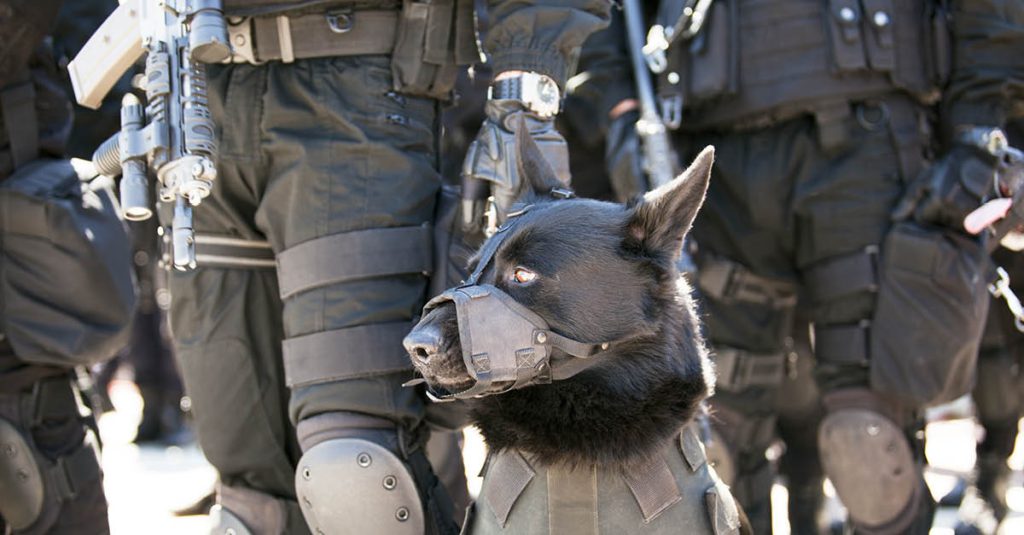A whole new ballgame has emerged with the decline of conventional wars
There was a time when armies of similar sizes and technology fought on a battlefield, with larger-than-life combat scenes as seen in movies. There was nothing comparable to this stomach-churning military drama. It is ingrained in our collective subconscious.
No one can argue that traditional wars will never return – just that they are becoming rarer. Armed conflicts fought openly by regular armies of states against each other have become the exception rather than the rule. There has been a decline in conventional wars since World War II. Since then, only a few dozen armed conflicts have been classified as conventional wars. Military ventures resembled engagements more than full-scale campaigns. They were limited in scope and scale and did not spread around the world.
“Armies that could reach further, hit harder, and get there faster usually won, while the range-restricted, less well-armed, and slower armies lost. For this reason, a vast amount of human creative effort has been poured into extending the range, increasing the firepower, and accelerating the speed of weapons and of armies”, stated Alvin and Heidi Toffler in their book “War and Anti-War”.
While this conventional view of war might have been appropriate around the time of the book’s writing at the end of the 20th century, modern wars are much more sophisticated, relying heavily on technology and state-of-the-art tactics.
A new term called “hybrid warfare” has been introduced to refer to the way war is conducted in the 21st century. In this theory, unconventional methods of fighting are used, such as propaganda, deception, sabotage, and other non-military methods.
The term hybrid warfare was coined by Frank Hoffman, an American military think-tanker, in 2007. It is also referred to as unconventional warfare, unrestricted warfare, non-linear warfare, or gray zone warfare. As Hoffman asserted, we are entering a time in which multiple forms of warfare are used simultaneously by adversaries who understand that successful conflict takes on a variety of forms depending on the situation.
“Multi-modal activities can be conducted by separate units, or even by the same unit”, wrote Hoffman, “but are generally operationally and tactically directed and coordinated within the main battle-space to achieve synergistic effects in the physical and psychological dimensions of conflict”.
In an interview with NATO’s Assistant Secretary-General for Intelligence and Security, David Cattler explained the unique threats posed by hybrid warfare: “Hybrid threats combine military and non-military, as well as covert and overt means, including disinformation, cyber-attacks, economic pressure, and deployment of irregular armed groups and use of regular forces”.
“Hybrid methods create turmoil and disunity among us—they quietly undermine democratic states and institutions, blur the lines between war and peace, and attempt to sow doubt in the minds of target populations, all while avoiding traditional conflict”.
We have learned from the Ukraine war that hybrid warfare is an ever-evolving reality that every nation must prepare for to deal with it effectively. It is a war where manipulation, whether physical or psychological, is widespread. Almost all realms are affected. both sides don’t necessarily need gunfire. They use disinformation campaigns, fake news, cyber-attacks, hacking, conspiracy theories, deep reconnaissance, sabotage, terrorism, espionage, and subversion. The idea is to get the enemy to come over to your side, thereby causing a change from within. There is no need to launch military operations to wreak havoc. To create a multi-headed sophisticated military machine, traditional means of combat can be integrated with non-conventional and technological means.
An official in Taiwan’s security ministry said China is considering “hybrid warfare” strategies against Taiwan, including the use of drones and psychological pressure. The United States and its allies have also decided to provide effective responses and catch up with its adversaries in mastering hybrid warfare and utilizing far more than just conventional forces. Although no soldiers have been sent to Ukraine, the U.S. and NATO allies began unconventional warfare before the first shot was fired, releasing intelligence and debunking fake news. This is how modern warfare looks today.
“There is no doubt that today’s military conflicts are characterised by multi-dimensional threats, whether they come from the air, the sea, underground insurgencies, or cyberattacks and psychological warfare”, says Yaron Sitbon, VP of land department at TAR Ideal and a former colonel in the IDF, “Battlefields of the future will be very complex. Armed forces that utilise data effectively will have an advantage”.
Bipin Rawat, Chief of Defence Staff (CDS) of the Indian Armed Forces, concluded in 2021: “Future Conflicts will be more violent and unpredictable with battlefields being severely contested and seamlessly connected. In the future, even conventional conflicts are likely to have a large asymmetric component leading to hybrid war. Technology has become a key driver of future wars”.






